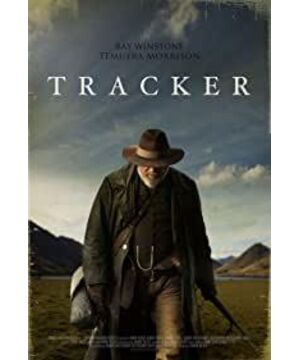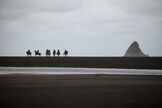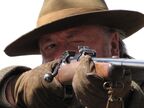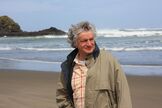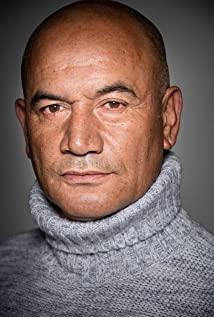1. About the Boer War. The reason why it is called the Boer War is because the government of South Africa at that time was mainly composed of Boers, a mixed ethnic group formed by the descendants of Dutch, French and German white immigrants living in South Africa. This government discovered a gold mine in 1884. In order to protect their mining rights, the Boers adopted high taxes to exclude foreign forces, and the main foreign force at that time was the British. At the behest of the Boers, he launched a war against the Boers, and more than ten years later, the war ended in the defeat of the Boers. The British burned houses, looted property, hanged exhibitors and their families, and drove the surviving Boers into concentration camps that had been used as refugee camps, where the death rate was at its highest at 40.1%, and throughout the Boer War , A total of 27,927 Boer civilians died in the camp, including 1,676 elderly, 4,177 women and 22,074 children. The protagonist of this film is a Boer farmer who survived the war. His family was brutally killed, but he himself escaped the pursuit and killing. After the war, he smuggled into the story of the film alone Place of occurrence - New Zealand;
2. About the "King's Movement". New Zealand in the nineteenth century was also a British colony. In the 1860s, a large number of British people poured into New Zealand. At that time, the British colonial scope was mainly in the South Island. In order to obtain more land, the colonial government proposed a purchase agreement to the Maori people in the North Island, but it was rejected. The extremists among these people launched the "King's Movement", using ancient Arms and guerrilla tactics resist the British invasion and defend the lands left by the ancestors. After several battles, the "King's Movement" ended in failure, and the extremist Maori retreated to the central part of the North Island, which they called "King's Territory", and is now the region with the strongest Maori culture. By 1872, the Maori resistance had been completely suppressed, but they held on to the land until 1881, when it was peacefully sold to the government. The second male lead in the film, the Maori who was wrongly accused of being a murderer, was the survivor of the last "King's Movement", and his family was killed by the British gunfire.
The focus of this film is mainly in the process of chasing and killing. On the one hand, the tracking and anti-tracking are very authentic. The author summarizes some techniques and lists them a little bit below; on the other hand, it is rich in humanistic feelings. During the tracking process, the Boers and Maori became comrades from the pursuers and the pursued because of their common painful memories, but the film did not force them to deal with the British in a very rude way, but avoided them in a very humane way. The British pursued, and finally ran to freedom. A move by the Boers at the end of the film made the film rise to a very high level. Being wronged, damaged, and insulted, these wounds were temporarily put aside in front of freedom. Sometimes I really admire these men who have traveled far and wide, and their hearts are as vast as mountains and mountains.
Summary of some skills of tracking and anti-tracking:
1. Walk on water. To escape by the sea, be sure to walk on the water, so as not to leave footprints and no smell, even if the pursuer wears a hunting dog, they cannot track your smell;
2. Carry knives and fire with you. This is for hunting in the wild. The tinder can be a match or a lighter, but flint is the best, and a magnifying glass will do when the weather is nice. Of course, the easiest way is to make fire by drilling wood, but this is a test of skill;
3. Properly handle your wounds. Master the healing properties of some grass and soil. After entering the wild, only they can heal your wounds. But you should properly handle these things when you replace them. It is best to crush them and throw them into the water, otherwise the pursuers can rely on them to track your whereabouts;
4. The study of footprints is very important in the tracking process, so in some passes, At the fork, you can take a few more footprints in different directions to confuse the tracker;
5. Don't leave traces of life, such as a fire, cut branches, etc., which will let the tracker know that you are staying here. How long, and your physical condition;
6. In case of being caught by the stalker, be good at chatting, use your own experience to impress the other party, and find common topics; for the stalker, don't let the enemy rely on sharp The thing is too close to the gun, even if he is tied tightly.
In short, this is a film full of outdoor escape and survival skills.
Maybe because it was closer to the war years, and the Internet did not put the original serious topic on the color of entertainment, so the filmmakers at that time were more emotional and emotional about the war, which is no longer in the entertainment to death today. exists.
V letter subscribes to the public account "Wild Critic" to share more unpopular films.
View more about Tracker reviews


